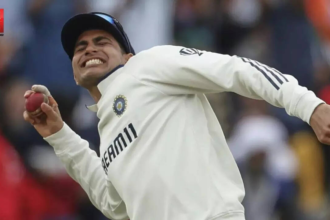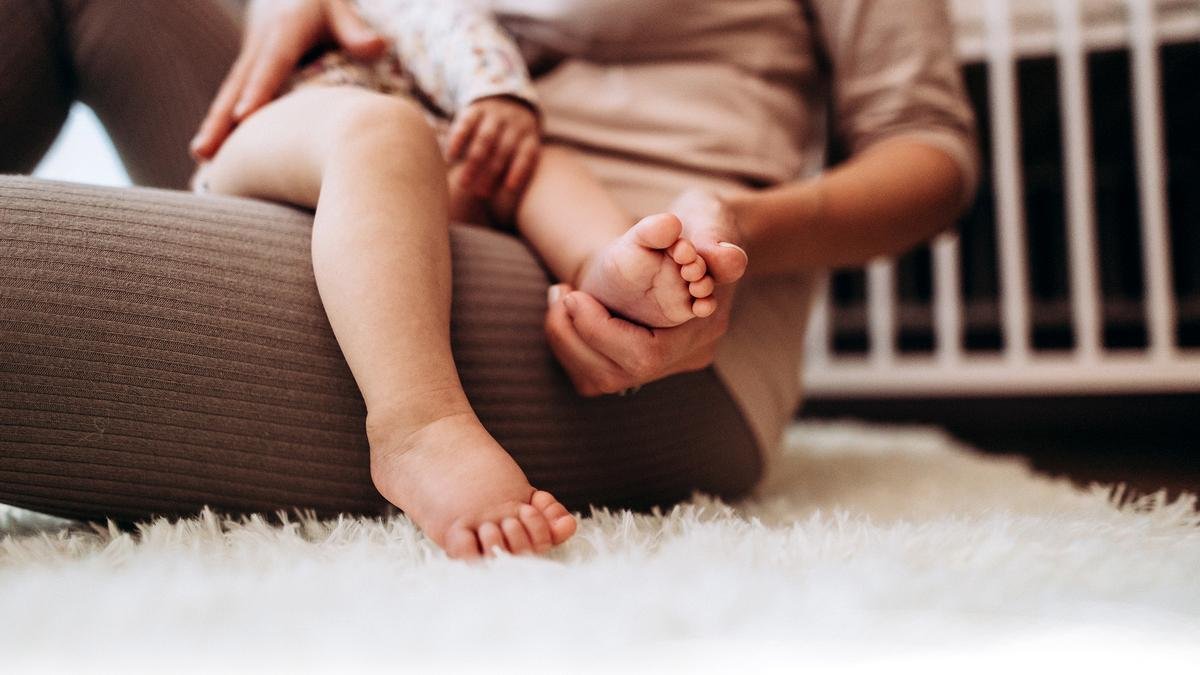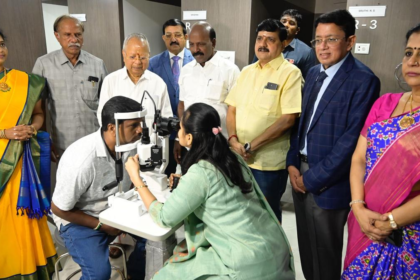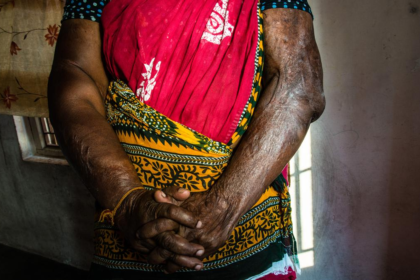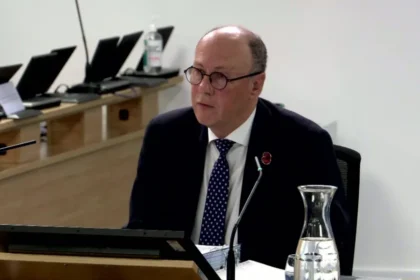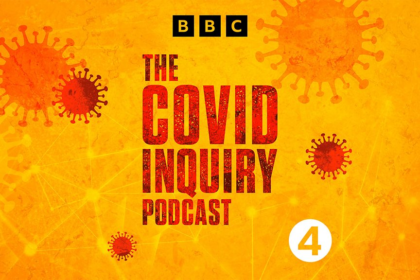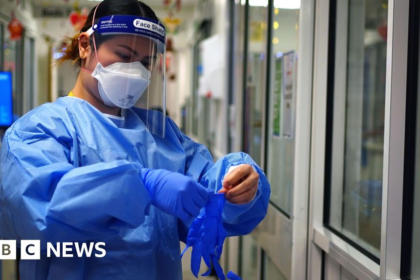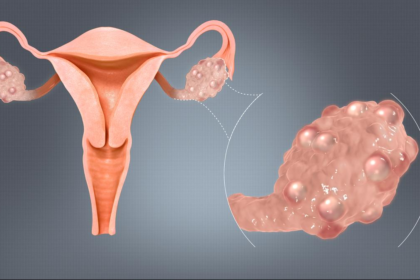(In the weekly Health Matters newsletter, Ramya Kannan writes about getting to good health, and staying there. You can subscribe here to get the newsletter in your inbox.)
Making sure everyone is counted is absolutely essential to every nation committed to the welfare of its people. Civil registration and vital statistics as a segment is coming into its own, has been for the last decade or so, with nationals in the Asia Pacific zone agreeing to implement a CVRS system that would be, as defined by the United Nations: Continuous, Permanent, Compulsory, Confidential and Universal. These vital events include births, deaths and marriages, divorces, besides causes of death. The focus of the nations is on registering births and deaths as a fundamental aspect of a person’s legal identity, and besides, granting access to a whole range of life cycle benefits/functions for any one living in a society.
The UN ESCAP, with a mind to setting this in place for the nations in the region, and egging them on with a sense of urgency, set the period after 2014 as the ‘Decade of CRVS’. While several countries showed progress in this decade, as the report of the UNESCAP showed, about 51 million children are still not registered with any system.
India was among the nations that pledged to work towards 100% registration at the 3rd Ministerial Conference on CRVS. Following up, soon after, the Registrar General of India told States to issue birth certificate before discharging the baby, Vijaitha Singh reported. The government has made amendments to the Birth and Death Registration Act, built a new online portal and has leveraged technology in order to emphasise the fundamental nature of registration. From October 1, 2023, the digital birth certificate is the single document to prove the date of birth for various services such as admission to educational institutions, government jobs, marriage registration among others.
This past week, The Hindu, in association with The Bureau of Investigation, published an expose on the quality of chemotherapy drugs made in India, following it up with a couple of relevant explainers.
In a startling revelation, Paul Eccles, Andjela Milivojevic and Ramu Sapkota quoted a study that established that Chemotherapy drugs made by Indian firms had failed quality tests, leaving cancer patients in more than 100 countries at risk of ineffective treatments and potentially fatal side effects. Doctors from multiple countries told TBIJ of the drugs in question not working as expected, leaving patients suddenly unresponsive to treatment. Other patients suffered side effects so toxic that they could no longer tolerate the medicine. The variance found in the levels of active ingredient was alarming. In some cases, pills from the same blister pack contained different amounts.
What is the Indian connect? The June 26 study which reported that about a fifth of cancer drugs tested failed quality tests also indicated that 16 of the 17 implicated manufacturers were India-based.
To understand this story better do check out the links below, which serve as explainers to set the context
Meriem Mahdi : What do different cancer drugs do?
Andjela Milivojevic: How do unsafe cancer drugs reach patients?
If we could only get the pathogens out of the way. Now, we know that is impossible in the real world, so let’s get on with it.
To start with, it seems as if the origins of COVID still remain unresolved, as theories about the WHO recently declared: All hypotheses on COVID-19 origins ‘remain on the table’.
In other news, the drug Favipiravir showed promise against Chandipura virus in preclinical studies done by National Institute of Virology, Pune. The NIV has been in the news for one other achievement – it has reportedly developed portable ‘point-of-care’ test kit for detecting Nipah virus. In hard-to-reach areas the value of a portable kit cannot be overstated.
Anirban Mukhopadhyay wrote this very important story: Large genetic map of Indians flags hidden disease risks. In a new study in Cell, researchers reported sequencing the genomes of 2,762 Indians from 23 States and Union Territories. The data captured variation across caste, tribal groups, language, geography, and rural-to-urban settings, offering the most comprehensive genomic map of India to date, and flagged disease risks that we are not yet seeing.
Yet another study, this one by Lancet, indicated India’s alarming vaccination gap: 1.44 million children still “zero-dose”. With vaccination our best bet against infectious diseases, this does not bode well for the nation.
Also, in drug pricing news: Bharat Biotech, GSK to cut malaria vaccine price by more than half by 2028
From communicable diseases, we make the natural shift to non communicable diseases. A study found that diabetes risk may increase in roles with emotional demands, confrontations. Given that we are aware that stress plays an important role in onset of, and control of diseases, this seems intuitive, but a study to establish it will provide data to launch interventions. Novo Nordisk has launched Wegovy in India for weight management, cardiovascular risk reduction, while R. Sujatha wrote of Decoding the findings of a study linking night shifts with asthma problems in women.
Serena Josephine M. wrote on how the public and private health sector can tackle the emerging threats to tobacco control.
Did you know Kombucha can rebalance the gut ecosystem in people with obesity? If you are just finding out, like we did, hit on the link to read more.
Launching on to our staple for the newsletter, it’s time to talk of climate change and its impact on human lives. In the first of our stories Sudheer Kumar Shukla writes about the effect of pernicious and persistent plastics on one of the key human systems. He argues that there are Endocrine disruptors in plastic waste, and calls out plastic as a new public health threat that needs to be addressed immediately.
Eunyoung Choi, in The Conversation wrote that Extreme heat silently accelerates ageing on a molecular level, while this other study established a strange link: Prolonged droughts linked to rise in sexual violence against women in poor nations.
D.P. Kasbekar wrote about how Candida tropicalis, an important fungal pathogen in India and in many other parts of the world, has been found using chromosome alterations to resist common anti-fungal drugs such as fluconazole and voriconazole.
And finally, Sharmila Vaidyanathan stressed that Adolescent health needs require a renewed focus in the time of climate change.
Equally crucial to our understanding of health is the perception of mental health, and invariably, these stories find space automatically in our columns.
Here is a very interesting piece by Dr. P. Vijayalakshmi offering solutions to a phobia, that has existed for long, but recently emergent, with a major plane crash: Turbulent skies, turbulent minds: the rising fear of flying and how to combat it.
Dr. Manoj K Pandey and Dr. Manoj Kumar Sharma make the case that India needs comprehensive school mental health programmes, no contesting that, while Dr. Alok Kulkarni turns the attention on destigmatising men’s mental health.
Purnima Sah meanwhile, reported on a Community-designed toolkit launched in India, Nepal, and Sri Lanka to raise awareness of childhood neurodevelopmental disorders.
Bindu Shajan Perappadan brought us news from the capital, as usual, this time, bringing some hope to specific groups of people. Do read these: Sickle Cell Mission identifies over two lakh patients through mass screening.
In other positive news for the public health sector, ICMR has increased mobile lab capacity to enhance India’s outbreak response capabilities. But we have reserved the best for the last: A New technology in the Indian market, MRgFUS, now offers non-surgical medical intervention for tremors. An alternative to more invasive surgical procedures like deep brain stimulation (DBS), MRgFUS intervention is a non-surgical procedure that uses focused ultrasound waves guided by MRI to target brain tissue responsible for tremors in patients with Parkinson’s disease or essential tremor. Currently approved for Essential Tremor (ET) and Tremor-Dominant Parkinson’s Disease (TD-PD), this technique offers new hope for patients whose symptoms significantly disrupt daily life.
In the tailpiece section this week, we fall upon our The Health Wrap video cast. Last week, we discussed a bunch of things, including a rarest-of-rare blood group, how to fall asleep, and how the brain remains active even when we are fast asleep, at least some sections of it are. Do Watch: Rare blood types, twice-a-year HIV prevention, and rising maternal health risks and remember there is one episode out, every second and fourth Friday. Do remember to subscribe to this on The Hindu’s YouTube channel.
In our rather elaborate explainers section, this week we have:
Dr. Arshad Raja talked about emerging CAR T-cell therapy and its promise of new hope for cancer treatment
Athira Elssa Johnson broached two topics with the assistance of experts: What Creatine supplementation can do, and Why a persistent cough may be more than just a cold.
Dr. Monisha Madhumita provides tips on what you should know before you dye your hair
Zubeda Hamid adds to our All you need to know about series, with aneurysms
Dr. Prince James asked, and answered for us: Why are allergies on the rise and how can you prevent them?
In the context of the overall theme running in the country now, contextually, Ashwani Kumar explains where the forced sterilisations of Emergency stemmed from.
Two excellent articles on anaesthesia, a subject least written about in popular columns, helped us understand the critical role of the gas that makes modern surgery possible, and humane. Dr. J. Balavenkatasubramanian wrote on Understanding the critical role of anaesthesia for safe surgical outcomes and Dr. Sunil T. Pandya focussed on the role of obstetric anaesthesiologists in reducing maternal mortality.
If you have a few moments extra, Aalso read:
Dr. Rinky Kapoor Bridging the disconnect between clinical perception and lived experience: the need for a holistic approach to vitiligo
Dr. Vishnu Agarwal Beyond the operating room: the expanding role of robotics in healthcare
New award launched honouring Chennai-based psychiatrist
Science Quiz: On migraines and headaches
For many more health stories, head to our health page and subscribe to the health newsletter here.




